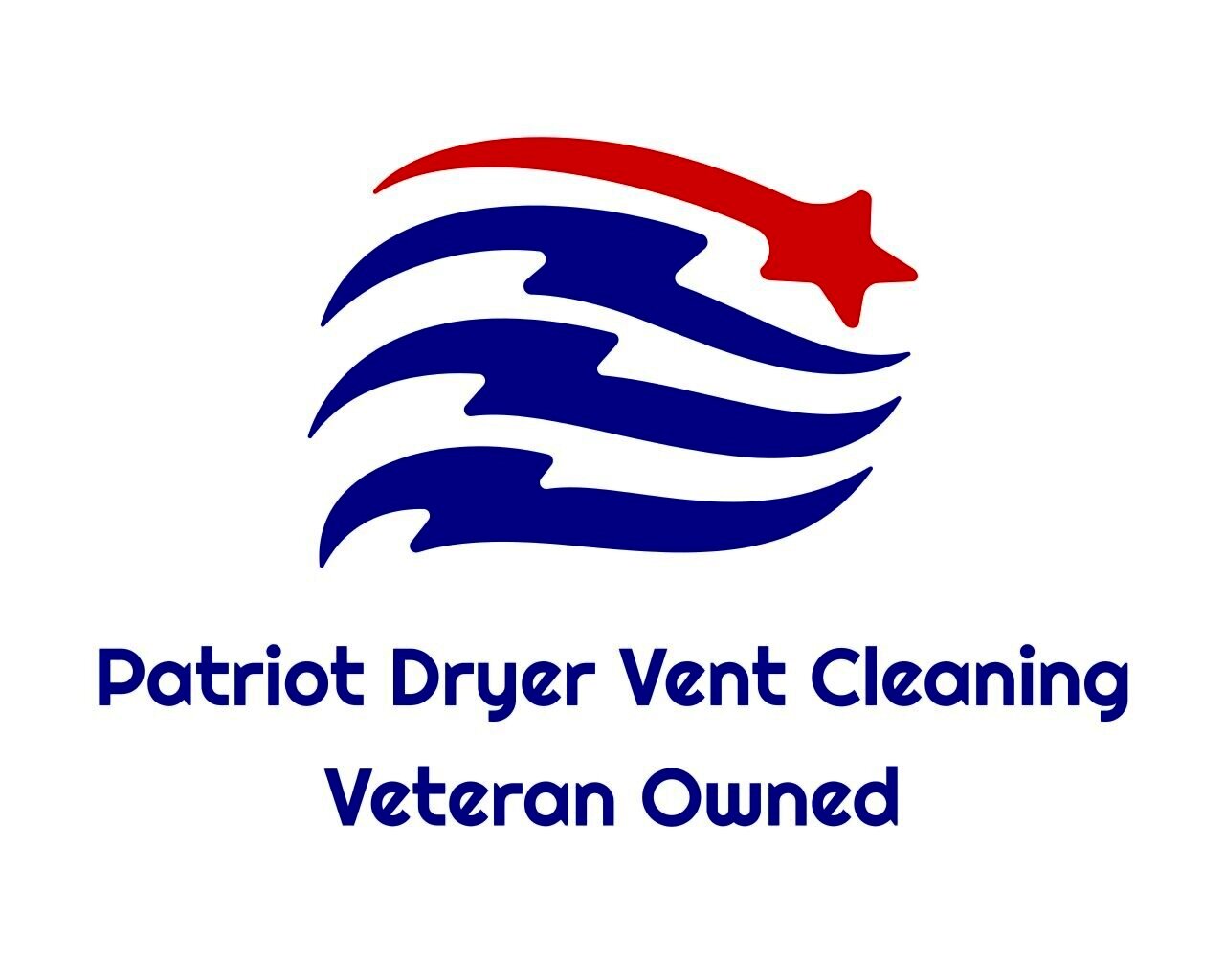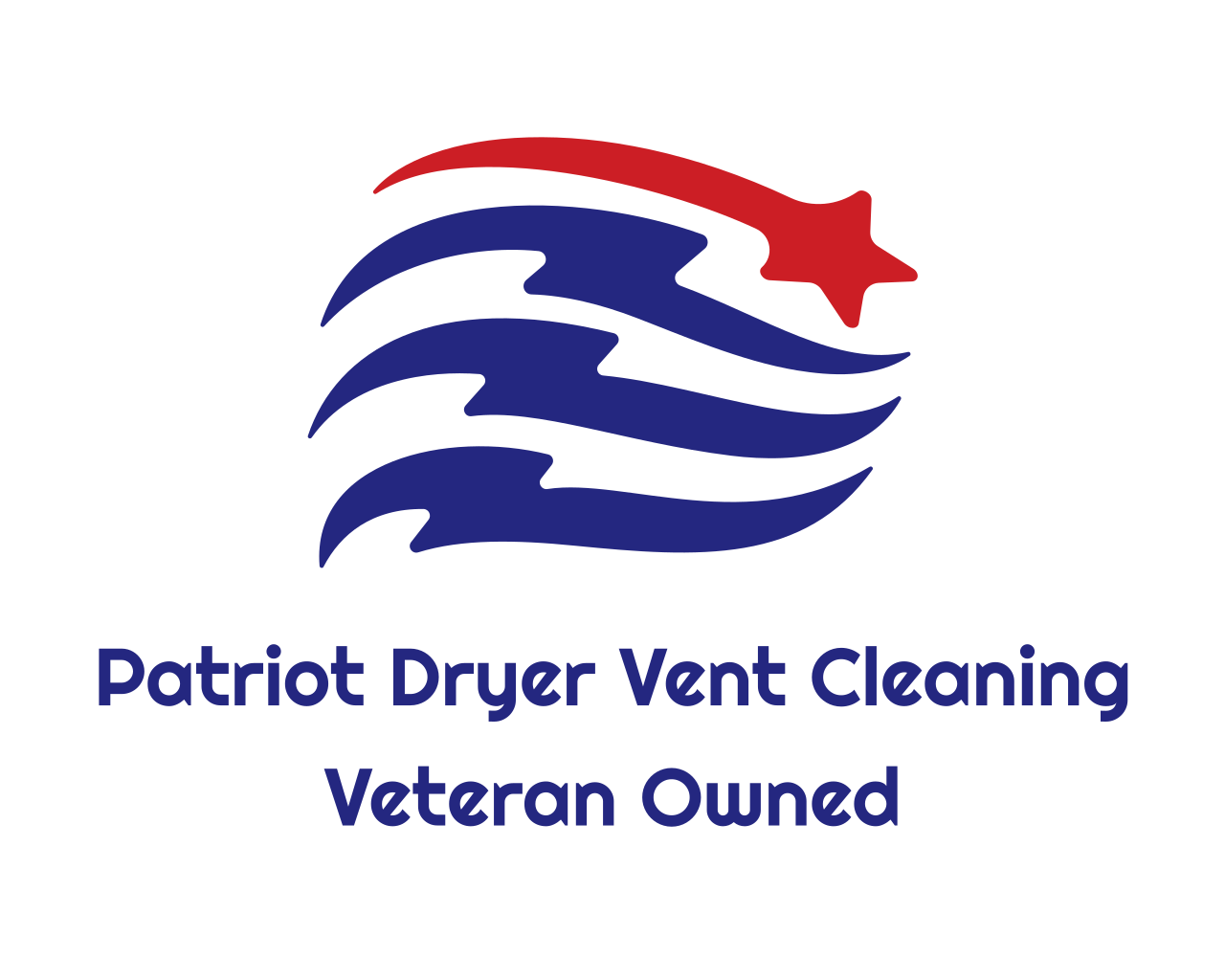How Often Should You Clean Your Dryer Vents?
One of the biggest concerns I had never thought of before revolved around the laundry room. Specifically, the good ol’ dryer needs routine maintenance and lint removal to prevent house fires.
So you may also be wondering, how often to clean dryer vents? Dryer exhaust vents should be inspected and cleaned at least once a year depending on the size of the household, dryer usage, and pets in the household A telltale sign that the dryer vent needs cleaning is that clothes take longer and longer to dry.
Keep reading to learn more about the importance of cleaning your dryer vents and how often you should complete this task.
How Often Should You Clean a Lint Trap Vent & Dryer Vent?
According to home experts, the lint trap vent should be cleaned after every load. This is simple to do and can make such a difference in dryer performance, as well as keeping your house safe from a fire. Many homeowners have the misconception that the dryer lint trap is the maintenance area that needs to be routinely checked with a dryer.
Wrong! The dryer vent also needs to be inspected and cleaned, AT LEAST once per year. This number can change depending on a few factors including the following:
Family Size
Home experts have found that family size affects how often to clean dryer vents. Large family size means more loads of clothes need to be washed each day. The more often you use the dryer each day, the higher the amount of lint it accumulates. The dryer vent, therefore, needs to be cleaned several times a year with larger families.
Presence of Pets
We love our furry friends, but their presence usually means clothes full of fur and pet dander. If you keep pets in your house, then it’s more likely the dryer vents will get clogged more quickly than in pet-free homes. It is, therefore, essential to clean the dryer frequently to remove pet hair and fur from the vent.
How Often You Purchase New Clothes
Do you like to buy new clothes often? Purchasing new clothes often may mean you need to clean your dryer vents more throughout the year. Home research has shown that new clothes produce more lint than old clothes. So, if you like buying new clothes frequently, then you need to clean your dryer vents several times a year.
Type of Laundry
Bulky items like blankets and towels produce more lint that causes the dryer vent to clog quickly. Therefore, if your laundry is mainly comprised of bulky clothing, then it is advised that you clean your dryer vent several times a year.
What Are the Benefits Of Regular Dryer Vent Cleaning?
There are several benefits of routine dryer vent cleaning. As a homeowner, you must schedule regular dryer vent cleanings to protect your home from fires and save money. Dryer vent cleaning has the following benefits:
Dryer Vent Cleaning Saves Energy
Cleaning your dryer vent regularly will help improve its efficiency, thus lowering the amount of power that it consumes. Did you know that homeowners who clean their dryer vent periodically can save up to 30% on their energy bills?
Dryer Vent Cleaning Decreases Maintenance Costs
Like a car that needs regular oil changes, a dryer will perform better when the vents are cleaned regularly. Cleaned dryer vents will allow the dryer to not overheat or get clogged. As a result, it is less likely to break down or experience a technical hitch – which means saving money for you!
Dryer Vent Cleaning Reduces a House Fire Risk
A person’s home is usually their most valuable asset. Therefore, cleaning the dryer vents to prevent a house fire is so important for one’s assets and the safety of the family. Lint is a highly flammable material. If left to accumulate on the vent, it can cause a fire that can cause havoc. Regular cleaning help to prevent lint buildup, thus preventing the risk of fire.
Dryer Vent Cleaning Reduces Wear & Tear On Dryer
If the dryer vent is not cleaned regularly, then the dryer is forced to work twice as hard to dry your clothes. This excessive strain can wear down crucial parts of the dryer. Regular cleaning helps to improve dryer efficiency, thus reducing wear and tear

